If you only need to watch one movie in your life that relates to the history of Skjǫldrinn, Norway and western civilization, this is it.
We would not exist if our direct ancestor, Hákon Hákonarson, had not been saved by Birkibeinar (Birkebeinarane in modern Norwegian) from the Church, foreign agents and traitors to our Kingdom. Hákon Hákonarson also ruled as the best king in the history of Norway, building our country and kingdom, and influencing the direction of Europe and western civilization at the time. Hákon Hákonarson brought peace to Norway and ultimately reigned for 46 years.
Birkibeinar also saved our royal line, Sverreættin (Sverreætten in modern Norwegian, House of Sverre in English), with this royal house more recently being referred to as Áskunnrættin (House of Áskunnr).
Birkibeinar were formed by Væringjar (Varangian in English) in 426 ES (1174 CE) who returned home to protect the land against tyranny by the Christian invader, who had support from traitors at home. They redefined Norse warriors at the time and inspire to this day all of us, Væringjar included. The name of Birkibeinar relates to their basic footwear made of birch at the time, one of many Spartan aspects that will always prevail among true warriors.
Beyond the historical aspect, the movie is also a reminder of the harsh Norwegian winters, which could have very well killed our ancestor (and probably almost did), the importance of loyalty and sacrifice, to king and land, but also how critical resilience and fitness were in this case and will always be for warriors. Skiing through the nearly 400km (250 miles) of mountains and valleys of Østerdalen from Lillehammer to Niðaróss (Trondheim today), in winter, with a baby, was an incredible feat requiring exceptional cardiovascular fitness, muscle mass and physical resilience. A feat Væringjar still complete to this day, carrying one of our little brothers, as part of their qualification.
Birkibeinar and the event surrounding Hákon Hákonarson are still part of the every day life of modern Norwegians, especially in Innlandet.
The city arms of Lillehammer show a Birkebeiner skiing in honor of the historic rescue. The mascots Håkon and Kristin of the 1994 Winter Olympics are depicted as Birkebeiner children, bearing the names of the son and daughter of king Sverre. Near Drammen, the sports association Idrettsforeningen Birkebeineren took their name from the party.
Today, the historic event of the rescue of Hákon Hákonarson is honored in Norway by three annual sporting events, a run, Birkebeinerløpet; a mountain bike race, Birkebeinerrittet; a cross-country ski race, Birkebeinerrennet and, beginning in 2012, Landeveisbirken, a road bicycle race. Common for the bike and ski events is the requirement of carrying a backpack weighing 3.5 kg as a remembrance of the child the Birkebeiners had to carry on their journey.
The bike and ski events start in Rena (site of one of Norway’s Special Operations Forces bases) and all three events finish in Lillehammer. There are also sister cross-country ski races held in Hayward Wisconsin (United States) (the American Birkebeiner), in Edmonton (Canada) (the Canadian Birkebeiner) and in Falls Creek (Australia).
Here are other posts related to the region or these events:






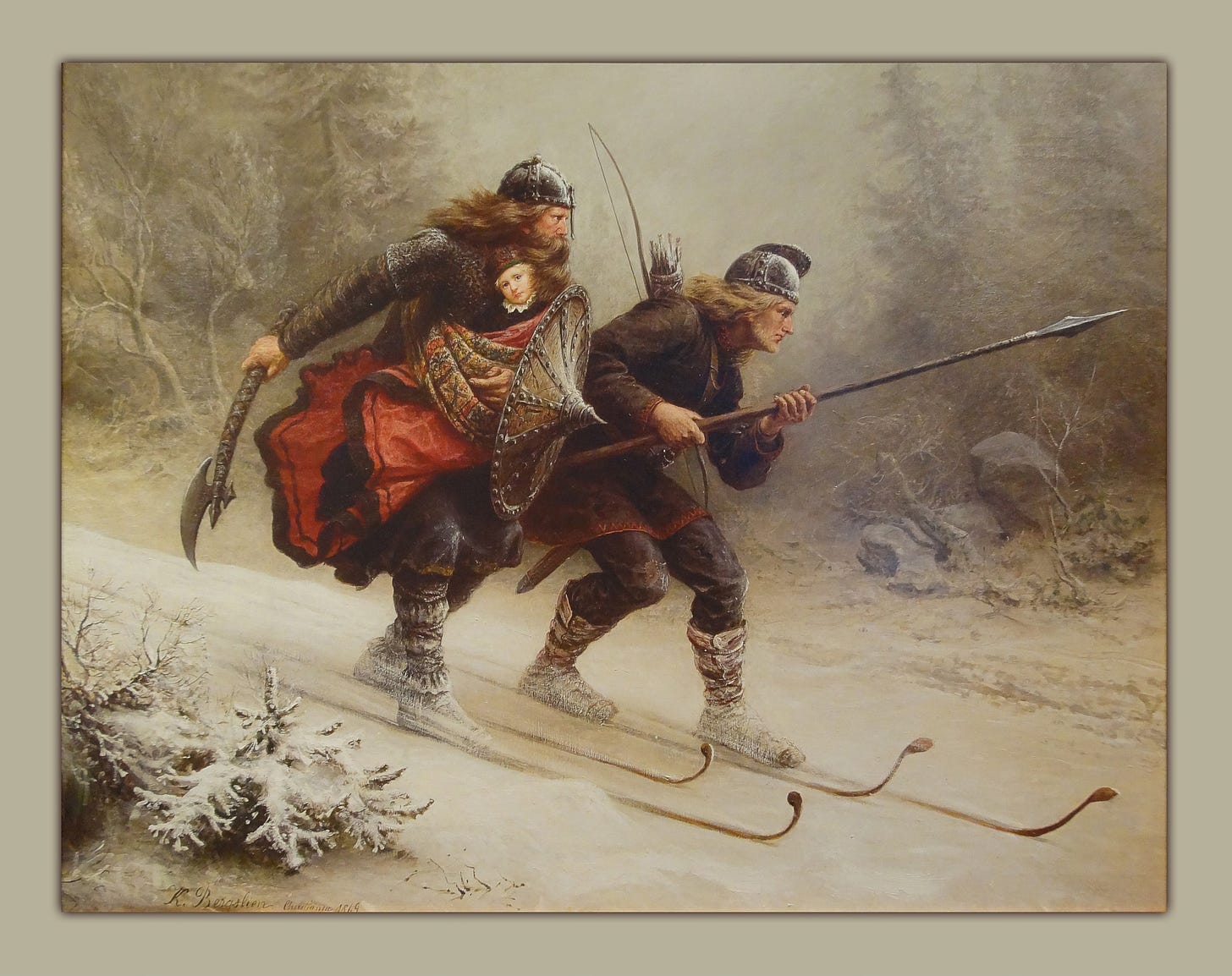
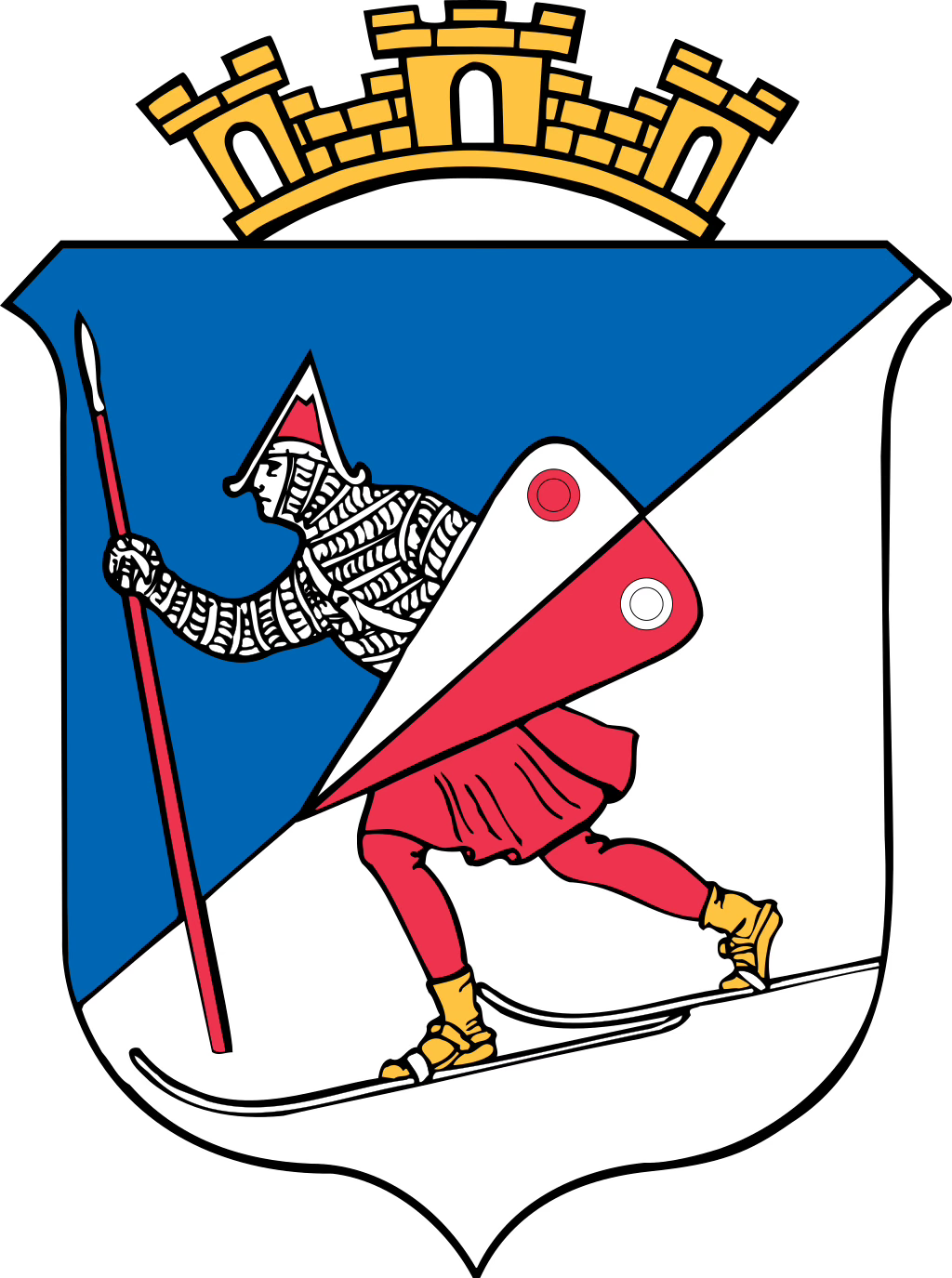
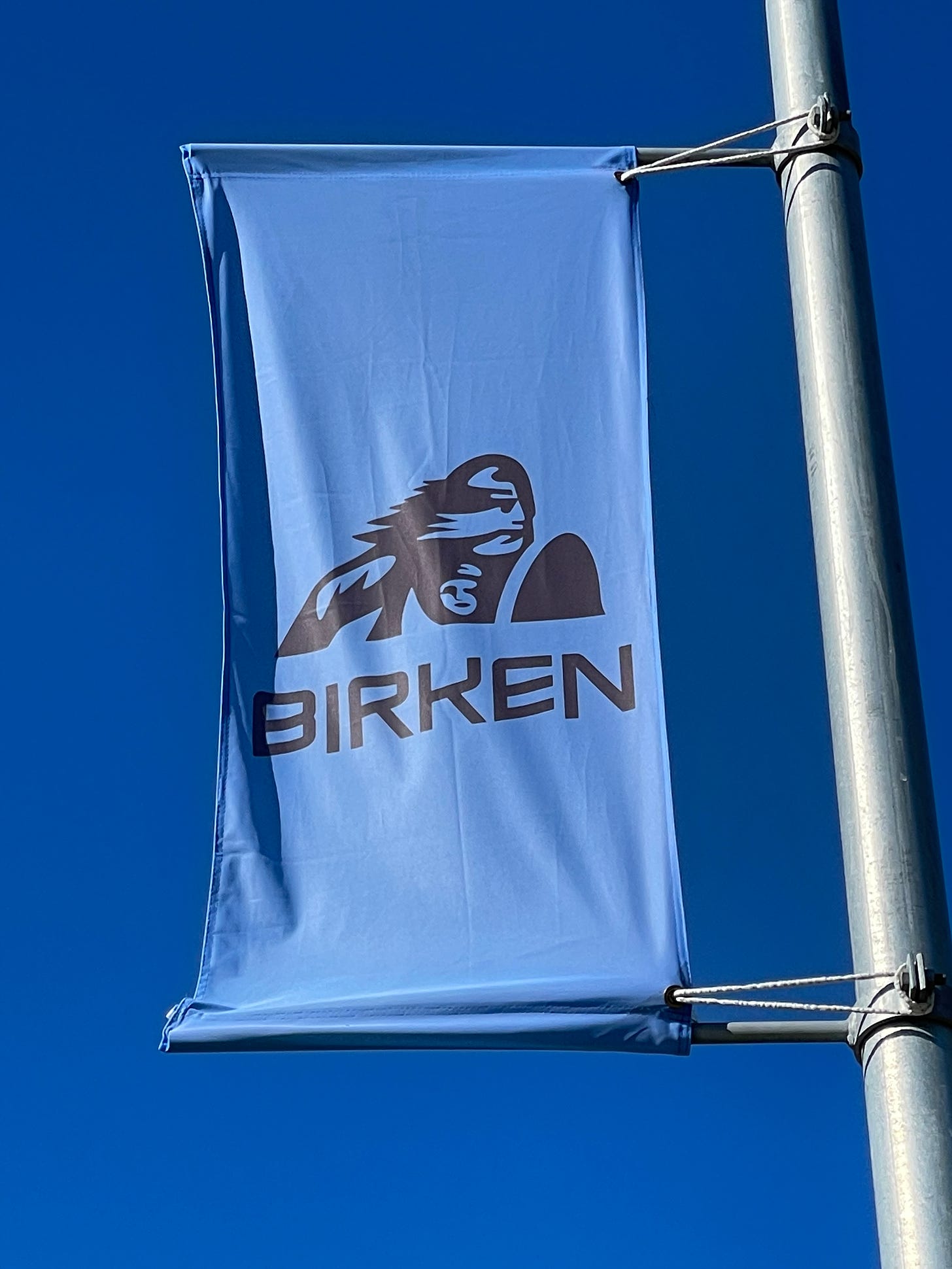
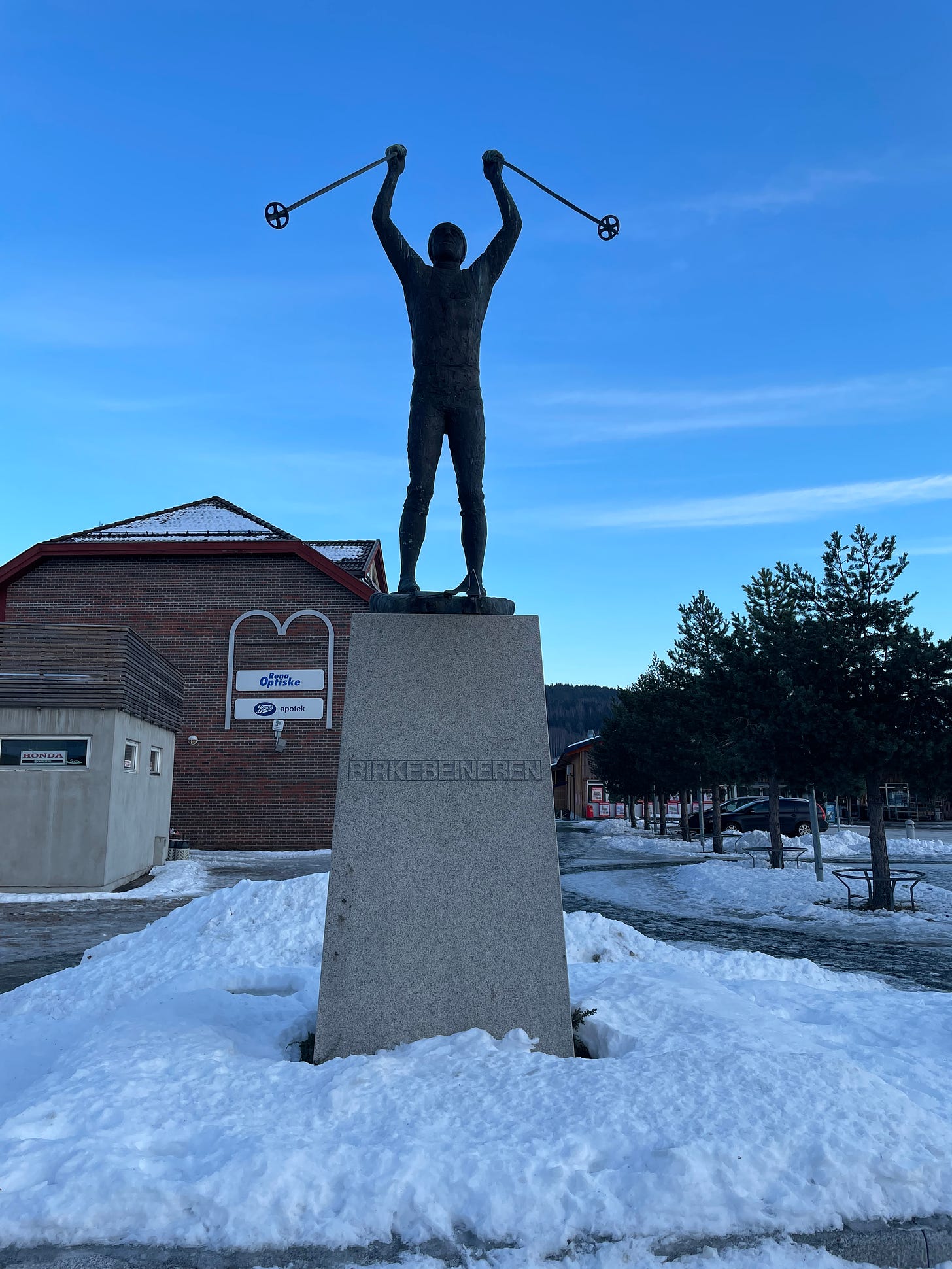
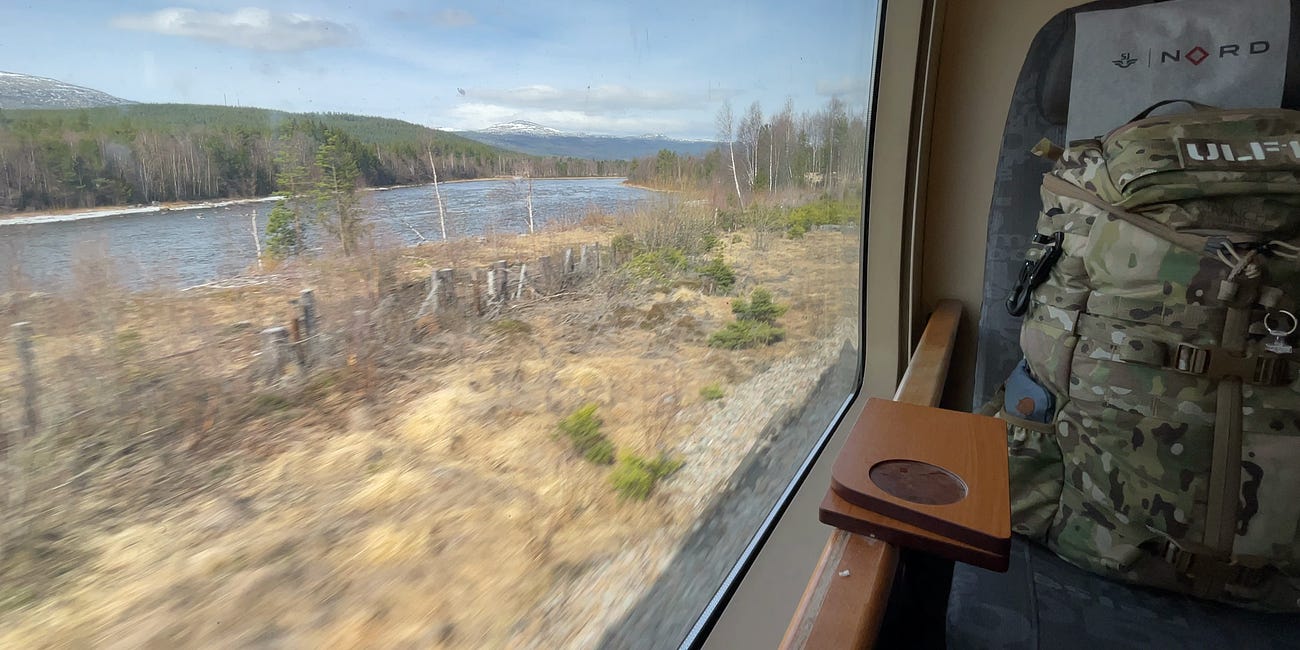
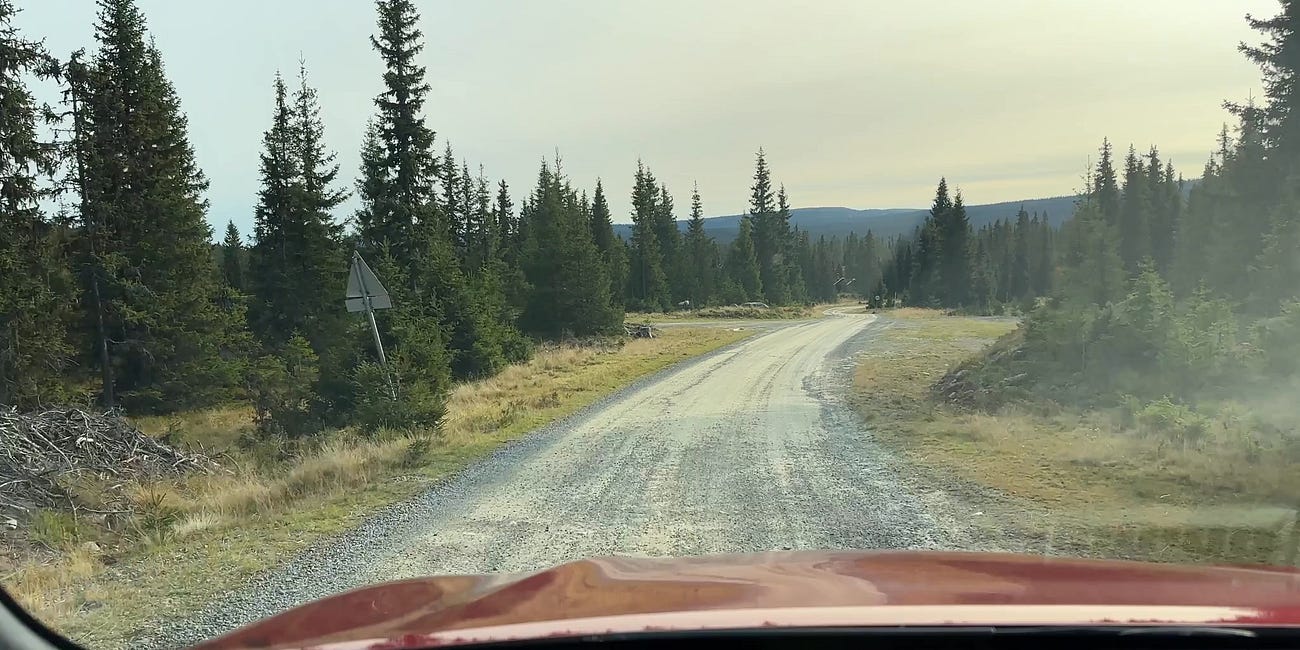
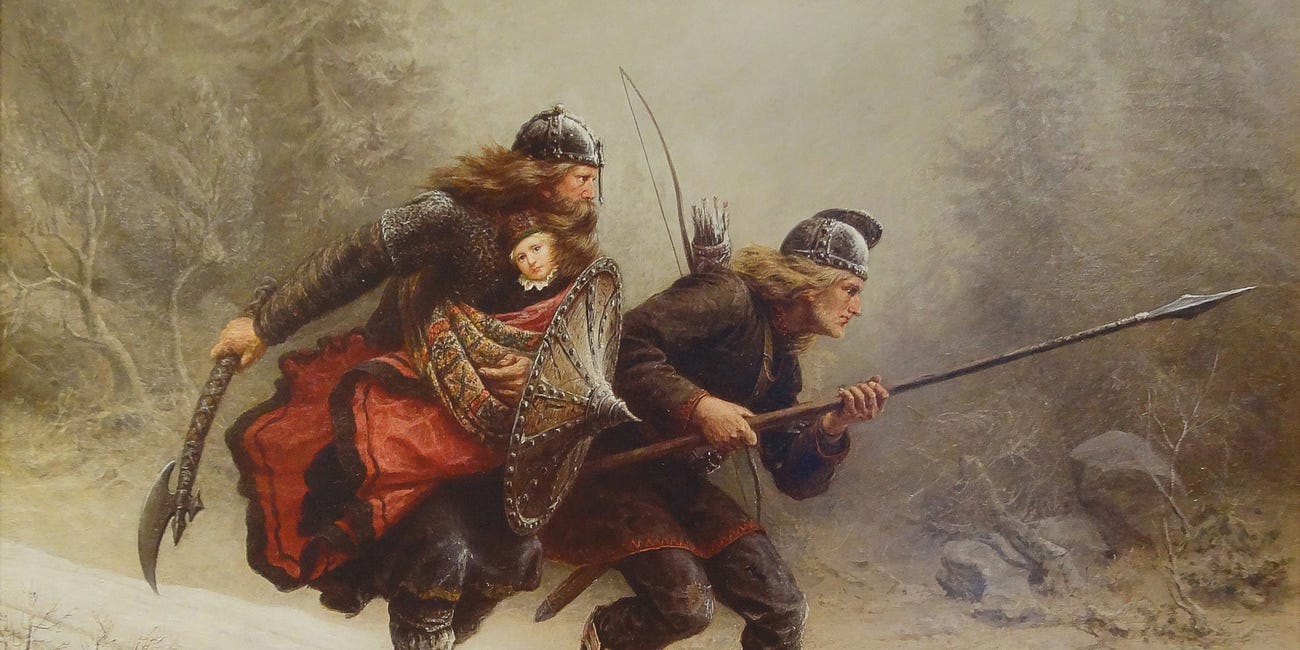
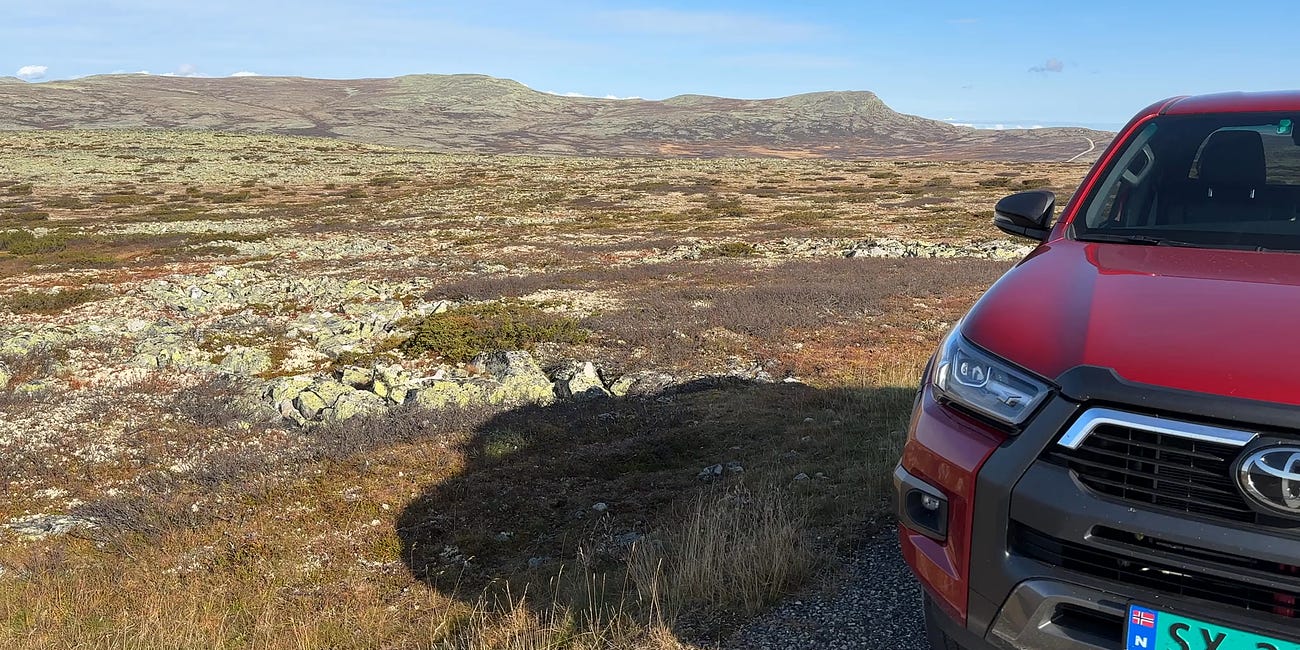
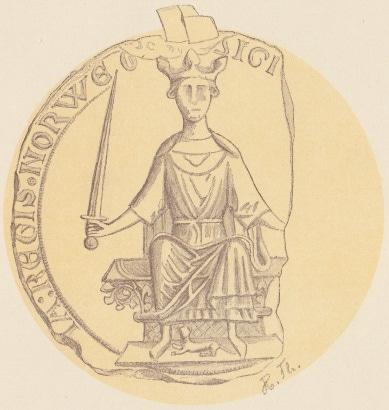
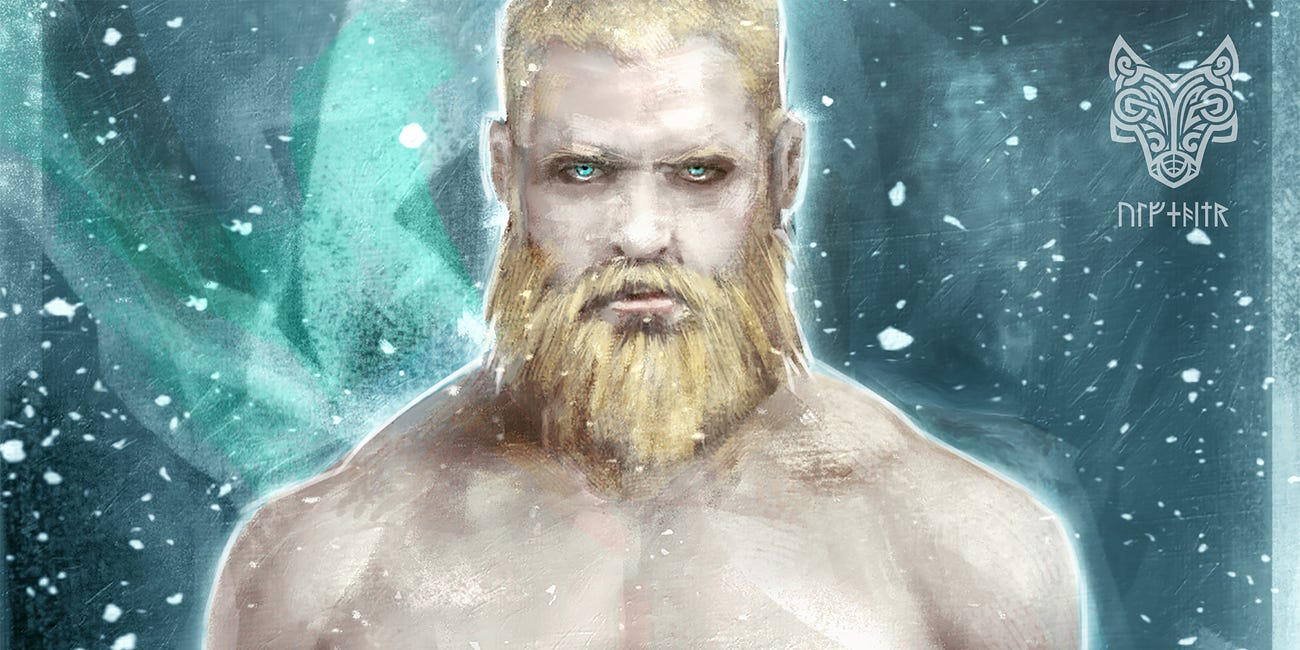






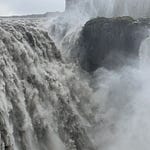



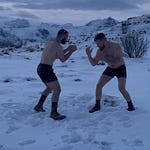
Birkebeinerne (The Last King)